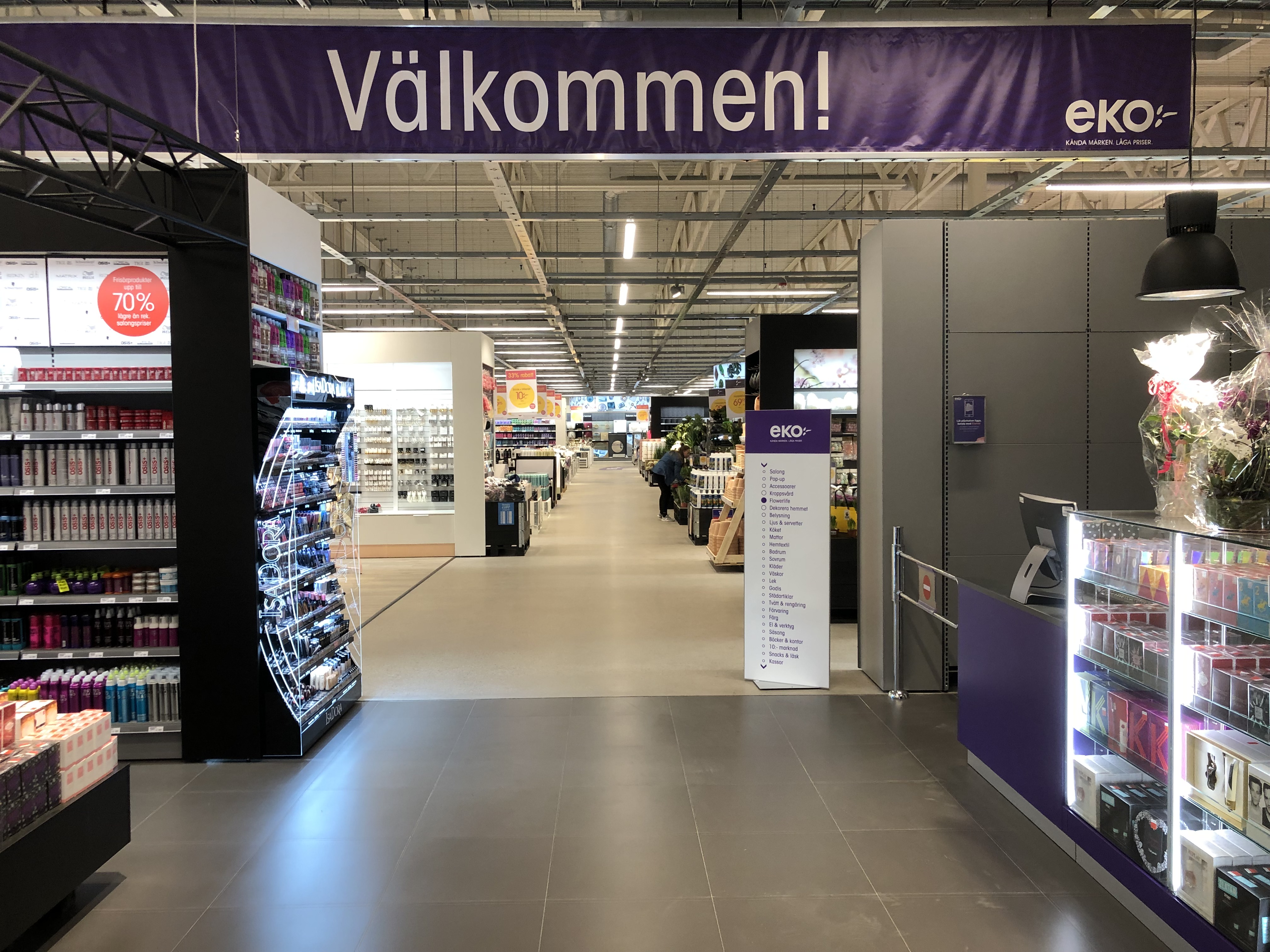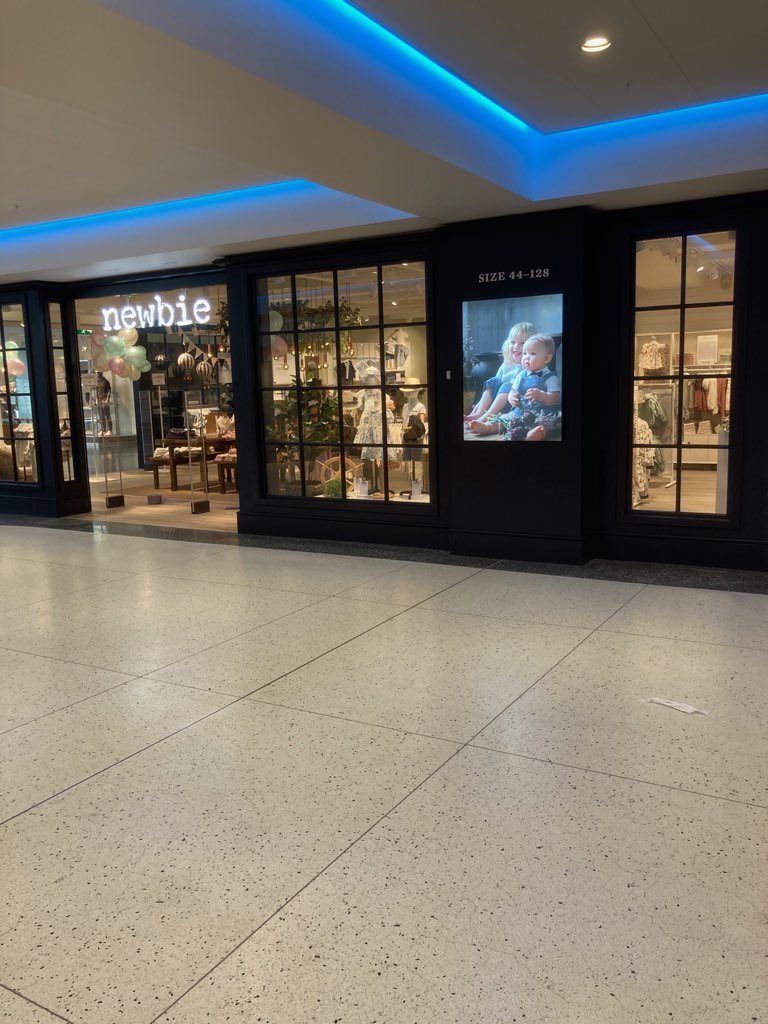"The Impact of Store Interior on Customer Behaviour"
In regards to the success of a shop, the design of its interior is crucial. The ambiance of the store can greatly influence the customers' perception, mood, and overall experience. A well-designed store can attract more customers and keep them finding its way back for more. The art of store interior design is all about making a space that is aesthetically pleasing, comfortable, and functional. In this comprehensive guide, we shall discuss the main element principles, elements, and techniques of Store interior (Butiksinredning) design that will assist you to turn your store into a captivating experience.

Design Principles:
Before diving into the details of store interior design, it's important to understand some basic design principles. These principles include balance, contrast, emphasis, harmony, proportion, rhythm, and unity. Balance describes the distribution of visual weight in the space. Contrast creates visual interest by juxtaposing different elements. Emphasis highlights the focal point of the store. Harmony refers to the pleasing combination of elements. Proportion ensures that everything in the room is in the best scale. Rhythm creates an expression of movement in the space. Unity brings all the weather together.
Key Elements:
The main element elements of store interior design are lighting, color, texture, pattern, space, and furniture. Lighting can highlight the merchandise and develop a welcoming atmosphere. Color can impact the customers' emotions, mood, and behavior. Texture and pattern will add depth and interest to the space. Space may be manipulated to create flow, circulation, and intimacy. Furniture can offer comfort, functionality, and style.
Techniques:
There are many techniques that can be used to improve the store interior design. One technique is named visual merchandising, that is the utilization of displays, props, and signage to showcase these products and produce a theme. Another technique is called sensory branding, that will be the use of scent, sound, and touch to create a memorable experience. Still another technique is known as interactive design, which can be the utilization of technology, such as for example touchscreens and virtual reality, to activate the customers.
Trends:
The store interior design industry is always evolving, and there are many new trends that are emerging. One trend is the use of sustainable materials and eco-friendly designs. Another trend may be the integration of the online and offline experiences, such as the utilization of digital displays and in-store pickup. Still another trend may be the creation of immersive experiences, such as for instance pop-up stores and themed environments.
Tips:
To produce a successful store interior design, here are a few tips to help keep in mind. First, understand your market and their preferences. Second, consider the functionality of the space, including the layout, storage, and accessibility. Third, make use of a cohesive design scheme that reflects your brand identity and story. Fourth, purchase quality materials and fixtures that'll last. Fifth, regularly update and refresh the style to help keep it relevant and attractive.

Conclusion:
In conclusion, the art of store interior design is a critical aspect of the retail industry. A well-designed store can improve the customers' experience, boost sales, and build a powerful brand image. By following the look principles, important components, techniques, trends, and tips of store interior design, you can make a place that's not merely beautiful but additionally effective. Spend money on your store interior design and reap the rewards of a captivating experience.
